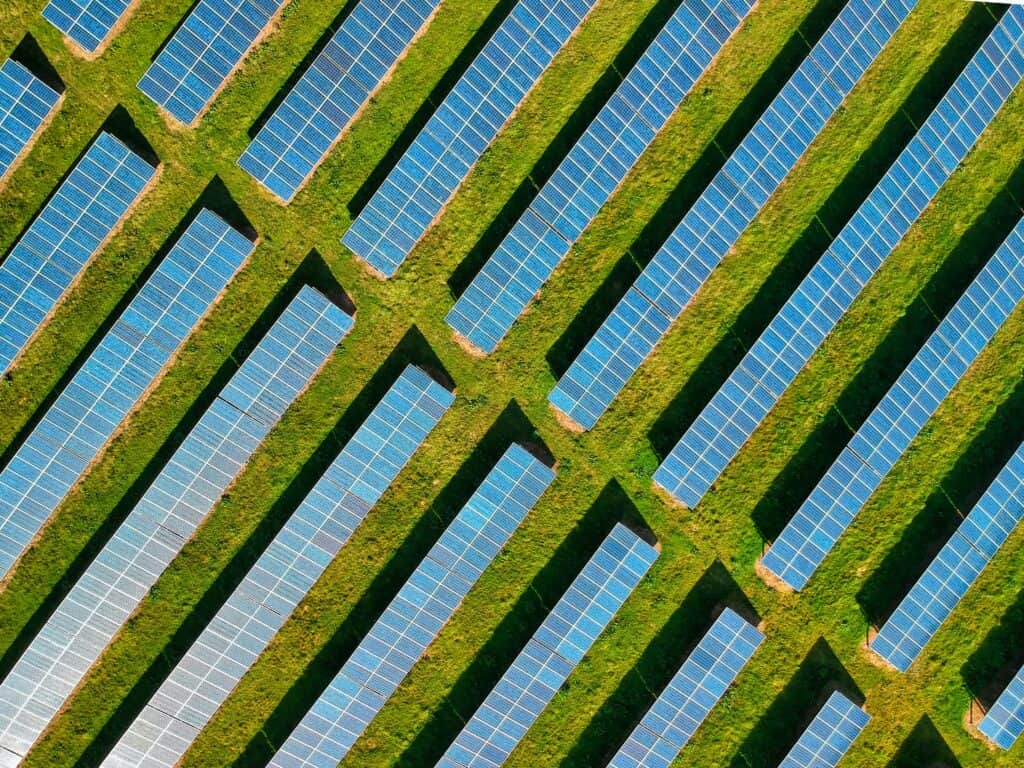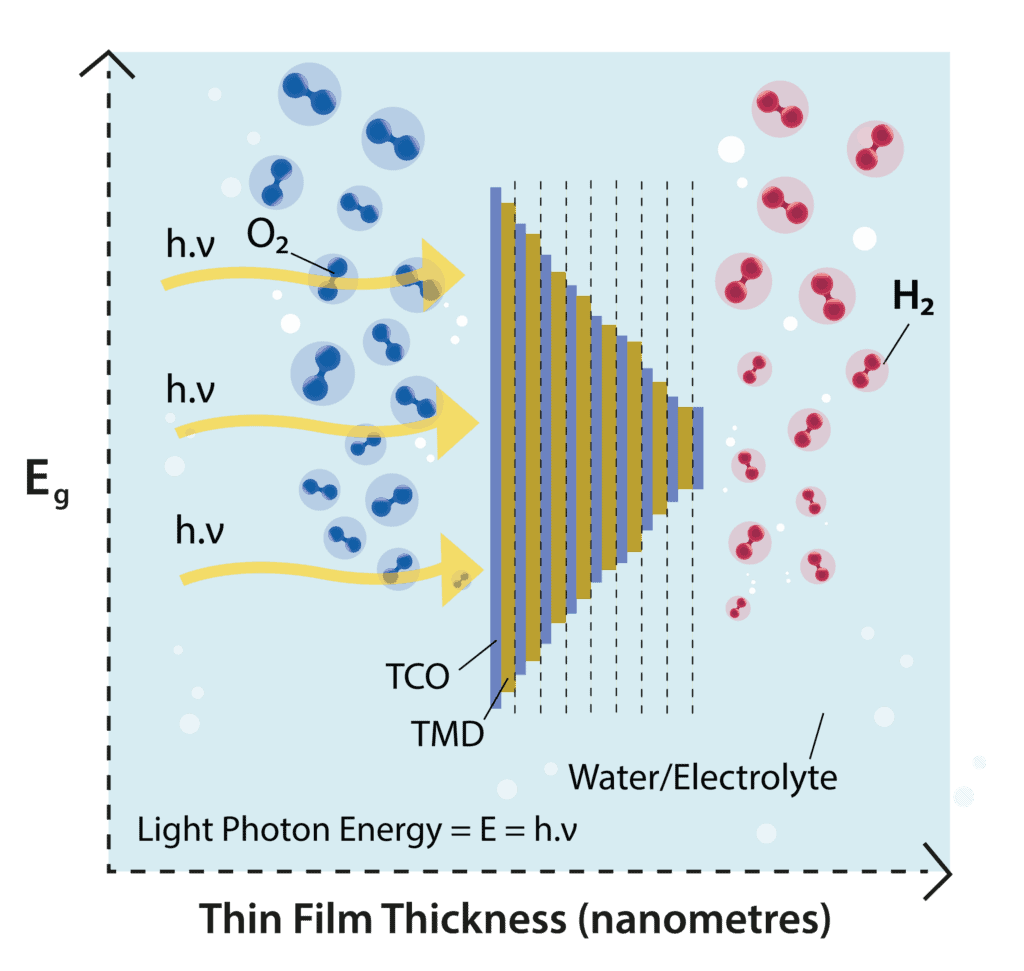About
The inspiration for the novel concept driving the FreeHydroCells project comes from the combined need to absorb as much solar energy as possible in a material system while at the same time making sure the clean solar energy can be used productively by humans with minimal loss, in this case to make hydrogen fuel.
This idea has functional connotations to a leaf during photosynthesis, since it also absorbs solar energy and water (hydrogen, oxygen) to produce organic growth for plant life, while releasing some of the oxygen as a benign gas by-product.


Our system will be submerged in water and be comprised of thin film semiconducting material many-junction arrays on a thin, flexible and transparent substrate film.
This has the aim of self-driving photoelectrochemical water splitting reactions by efficiently converting solar energy to chemical energy that would then be held in the bonds of molecular hydrogen as fuel.
This system could potentially offer society a viable, low-cost, efficient and environmentally friendly alternative to fossil fuels.
The core project objectives to achieve this novel system include:
- Developing disruptive methods to overcome the problems and limitations of the present state-of-the-art in photoelectrochemical (PEC) energy harvesting and molecular hydrogen generation.
- Identifying novel, abundant, sustainable and emerging alternative semiconductor material combinations to use in new manufacturing-compatible and low-cost processes, coupled with new scientific engineering methods to maximise energy absorption and minimise conversion loss. These are project cornerstones to move beyond the current state-of-the-art solar-to-hydrogen (STH) efficiency levels.
- Driving the energy harvesting and hydrogen generation by employing built-in electric fields, with an ultimate goal of removing the need for an external power source.
The interdisciplinary activities of the FreeHydroCells consortium, spanning the spectrum of expertise from physics, chemistry, mathematics, engineering, finance, to systems design, are fundamental to achieving these objectives.


FreeHydroCells is a high-risk/high reward project, but if fully successful, the project would provide cheap, easily up-scaled, safe, efficient, modular solar-to-chemical energy conversion in a novel buried many-junction photoelectrochemical system design that would have the potential to make clean hydrogen a viable option for global energy supply.
The new system would use sustainable materials, be entirely ecologically friendly, circular, and designed to be readily up-scaled for European-led global commercialisation.
It is difficult to overstate the extent to which cheap, efficient green hydrogen energy could impact on not only the climate crisis, but also crises caused by energy and resource scarcity, and the environmental damage wrought by climate change. FreeHydroCells aims to meet this ambitious challenge.
